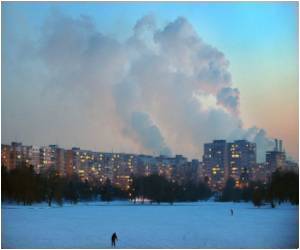Around 15 mummies, which provide sufficient evidence that ancient Egyptians were exposed to air pollution, have been uncovered by researchers.

Particulates or tiny microscopic particles that irritate the lungs have been linked to a wide array of modern-day illnesses, including heart disease, lung ailments and cancer.
The particulates are associated with post-industrial activities, such as fossil-fuel burning.
The 15 mummified lungs examined so far showed particulates and the levels of them are not much below those expected in modern-day lungs.
"I would say it would be less than modern day, but not much less," the LiveScience quoted Roger Montgomerie, a doctoral student at the KNH Centre for Biomedical Egyptology at the University of Manchester as saying.
This is "quite bizarre if you think about it, considering we have the mass burning of fossil fuels and an awful lot of pollution that has been going on since the industrial revolution," he added.
Advertisement
Furthermore, the Egyptian climate with its deserts and sandstorms would have whipped up any grounded particulates into the air where they could easily be inhaled.
Advertisement
Source-ANI










